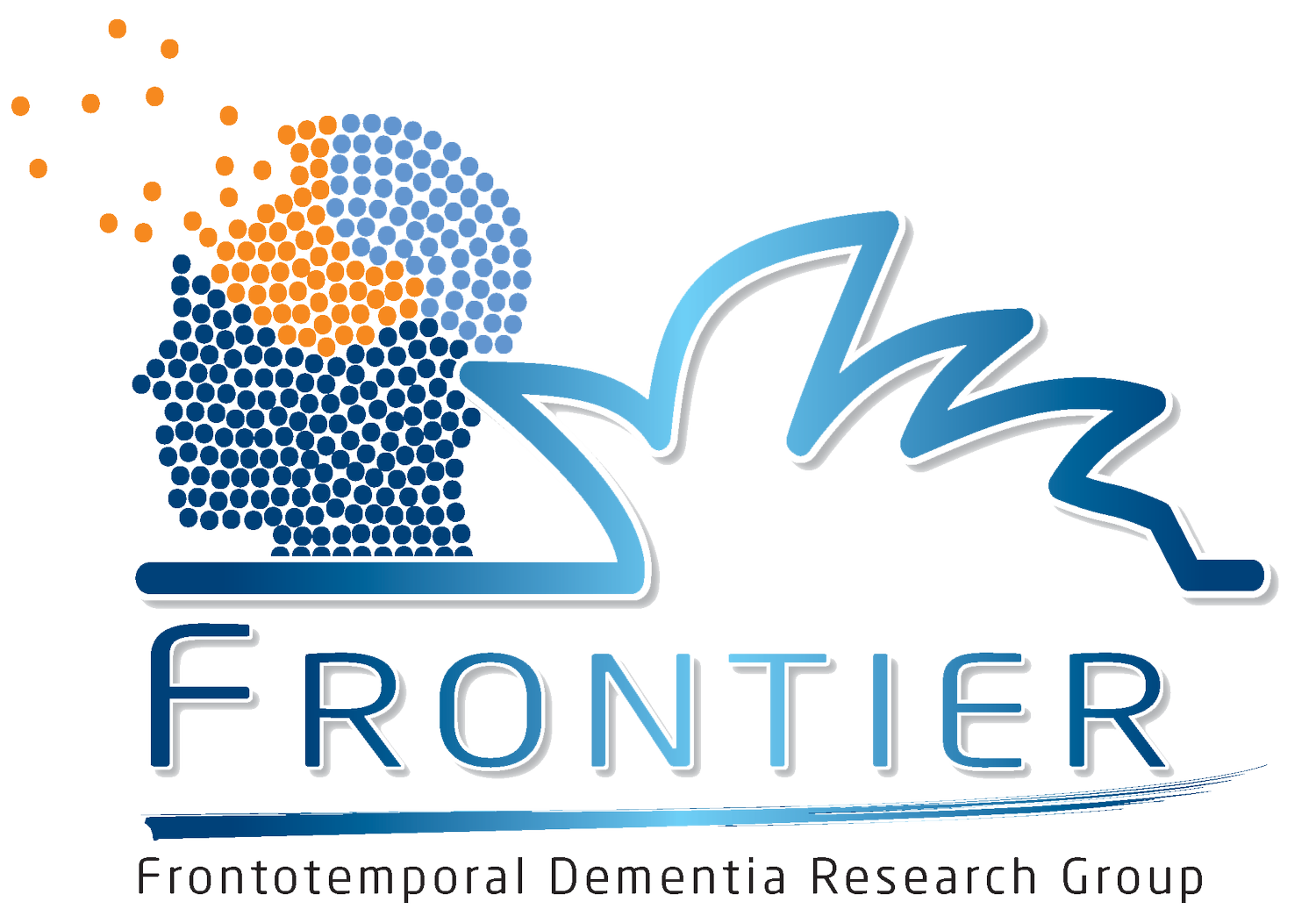Motor Subtypes
Less frequently, individuals with FTD either present with, or go on to develop, movement-related symptoms, such as difficulty walking, coordinating movements or even falls. These presentations include corticobasal syndrome (CBS), progressive supranuclear palsy (PSP), and FTD with motor neuron disease (FTD-MND). In these syndromes, both movement and thinking abilities are affected due to overlapping changes in the brain.
CBS and PSP are sometimes referred to as Parkinson’s plus syndromes. They are usually linked to a buildup of an abnormal protein in the brain called tau. Medications used for typical Parkinson’s disease tend not to show benefits for these individuals.
Corticobasal Syndrome
Corticobasal syndrome (CBS) is a complex condition that affects movement, cognitive, and language. The movement problems often start on one side of the body than the other.
Common features of CBS:
-
Stiffness, slow or jerky limb movements, tremor, and poor coordination—often beginning in one hand or arm.
-
Some individuals may experience a combination of features seen in PNFA and SD, such as difficulty finding words, naming objects, and constructing sentences. Written language can also be affected, especially if hand control is impaired.
-
The affected arm or leg may seem to move on its own or feel disconnected from the individual’s control. This is most often reported in the left arm.
Brain imaging typically shows more shrinkage (atrophy) on one side of the brain (asymmetry), typically involving the parietal and frontal lobes on the side opposite to the affected limb.
Progressive Supranuclear Palsy (PSP)
Progressive supranuclear palsy (PSP) is a movement disorder that mainly affects balance, eye movement, and speech. Unlike Parkinson’s disease, it tends to progress more rapidly and causes early problems with posture and gaze (eye positioning and movement).
Common features of PSP:
-
Often due to difficulties with balance and postural reflexes.
-
Difficulty looking up or down, slowed eye movements (saccades), and trouble shifting gaze, which may cause reading difficulties or problems navigating stairs.
-
Slurred or quiet speech (dysarthria) and problems swallowing are common.
As PSP progresses, many individuals also experience reduced motivation, trouble with planning or organisation, and difficulties with language—similar to symptoms in other FTD subtypes.
FTD with Motor Neuron Disease (FTD-MND)
Around 1 in 10 individuals with FTD also develop symptoms of motor neuron disease (MND), also known as amyotrophic lateral sclerosis (ALS). This condition affects the nerve cells that control voluntary muscle movements, leading to increasing weakness and muscle loss.
Common features of MND:
-
Especially in the arms, legs, and muscles used for speech and swallowing.
-
Small, visible muscle movements under the skin.
-
Slurred speech and difficulty swallowing are common.
When FTD and MND occur together (FTD-MND), most individuals show symptoms of the behavioural variant of FTD, though some may also experience language difficulties. The combination of cognitive and movement symptoms usually means the condition progresses more quickly.
For more information, on some of the terms used can be found in Glossary.



